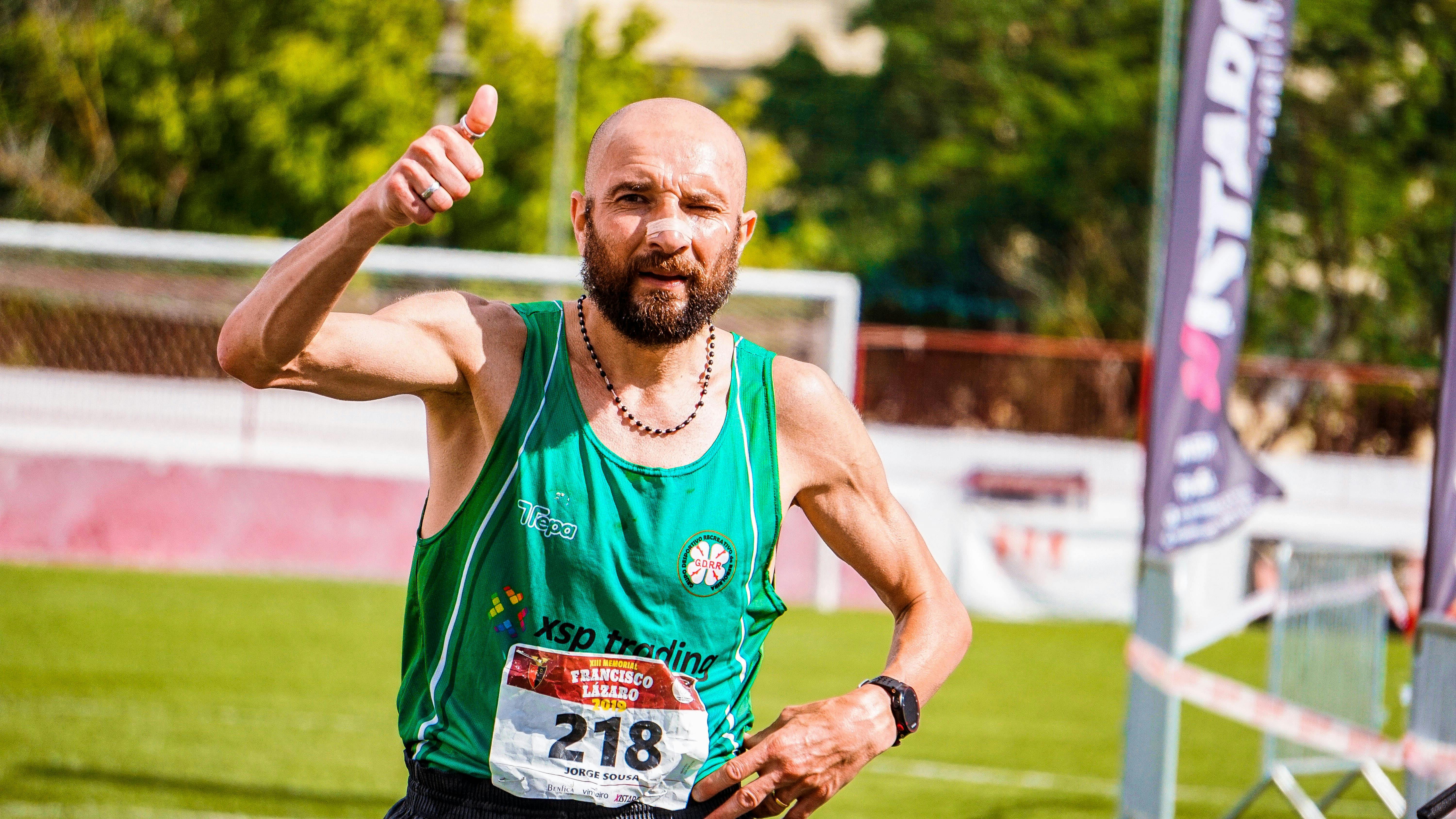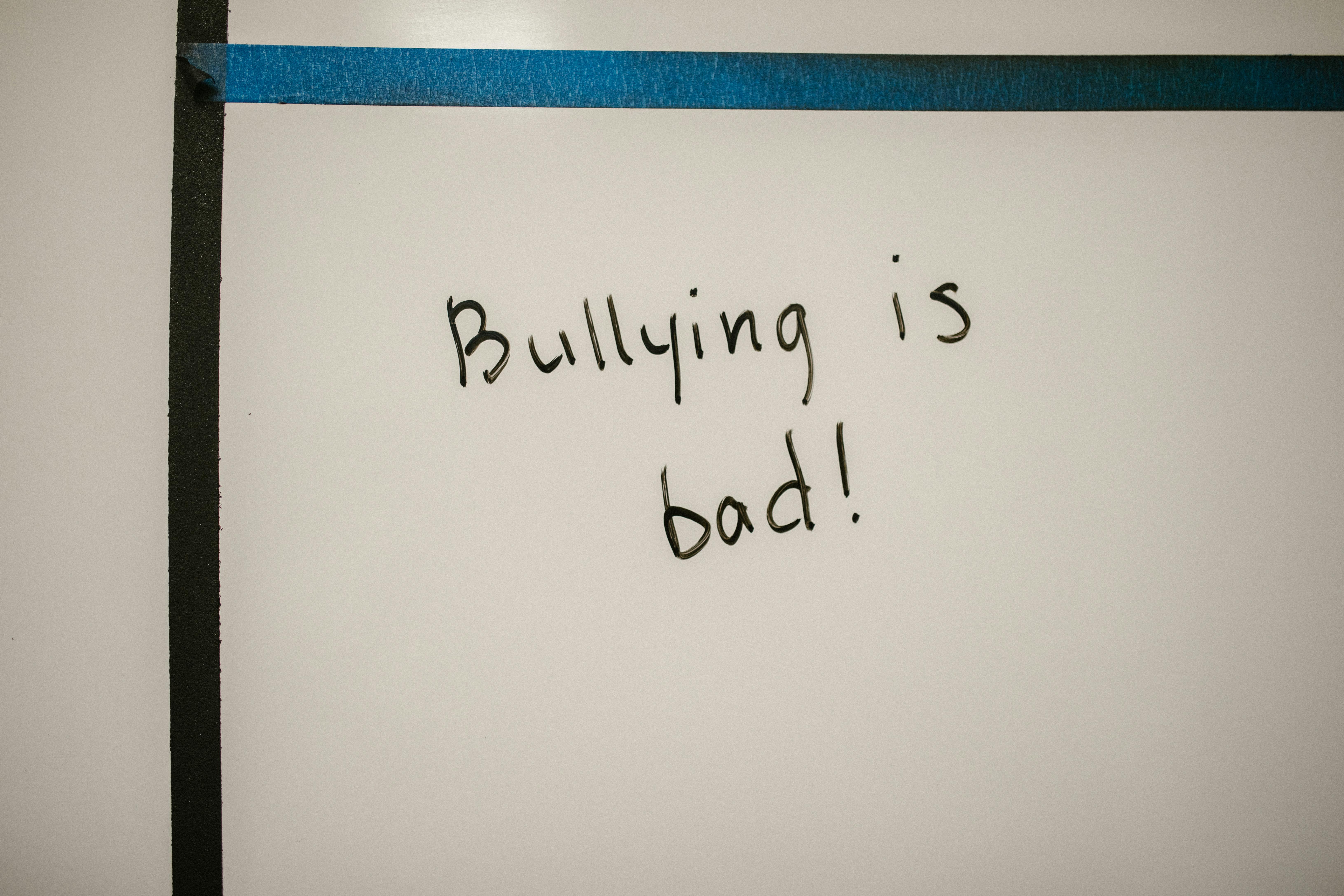Anorexia and bulimia are eating disorders and are often mentioned together, but each is the opposite of the other. In simple terms, bulimia is overeating and anorexia is undereating to the point of starvation.
In bulimia, a person overeats and then compensates with frenzied exercise or purging by using laxatives or vomiting. Bulimia was once believed to be solely a psychological disorder because overeating was followed by feelings of guilt and low self-esteem, which then led to purging. Anorexia, the refusal to eat, was also believed to be caused by a feeling of inferiority caused by comparing the person to some impossible physical ideal, such as those depicted in magazines or movies. And so, anorexia was also considered psychological. While this is true and both have psychological components, it is now possible that both disorders are also psychiatric, because they seem to have a physical origin in the brain. New studies have shown a difference in the area of the brain that regulates appetite. Those who suffer from bulimia have an exaggerated sense of appetite and the sense of appetite is decreased in those who suffer from anorexia. While the research is still in the early stages, it offers hope that a medical treatment may one day become available.
Even so, our brains are very malleable. It is possible to control both anorexia and bulimia through psychological means.
Coping techniques for bulimia and anorexia are based on desensitizing or eliminating those psychological triggers that stimulate behavior. This behavior is often programmed at some point quite early in life. Girls are often faced with unrealistic physical ideas during puberty, adolescence, and early adulthood. If these ideals are accompanied by teasing or bullying because of appearance, an eating disorder can result. Other triggers can be a bad family situation, stress, or a feeling of inadequacy caused by constant criticism.
The key to recovery is taking the first step, acknowledging that you have a problem, and asking for help. The next step is to find those specialists who can help with your recovery, such as nutritionists who specialize in eating disorders. The idea is to have professionally trained people on your side so you no longer have to deal alone. Therapy is the third step. The experts you consulted in step two can help you decide which therapy is right for you. There are many types of therapy, from group therapy to individual counselling. One of the most successful therapies is Cognitive-Behavioral Therapy, which helps you identify and neutralize the triggers for your personal behavior.
An important part of bulimia and anorexia is the use of food as a coping mechanism to deal with painful emotions. They are attempts to gain control or comfort or to punish oneself. There are healthier ways to deal with emotional problems than eating too much or too little. Those forms are available to you. You just need to get closer to find them.




